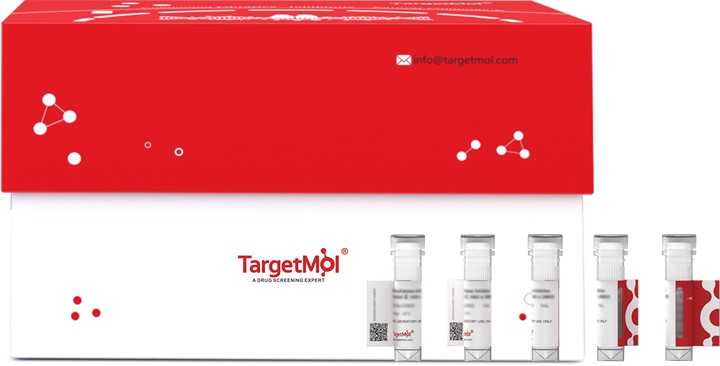购物车
- 全部删除
 您的购物车当前为空
您的购物车当前为空

LAMP1 Protein, Rat, Recombinant (hFc) is expressed in HEK293 mammalian cells with hFc tag. The predicted molecular weight is 65.1 kDa and the accession number is P14562.

| 规格 | 价格 | 库存 | 数量 |
|---|---|---|---|
| 100 μg | ¥ 3,820 | 5日内发货 |
| 生物活性 | Activity testing is in progress. It is theoretically active, but we cannot guarantee it. If you require protein activity, we recommend choosing the eukaryotic expression version first. |
| 产品描述 | LAMP1 Protein, Rat, Recombinant (hFc) is expressed in HEK293 mammalian cells with hFc tag. The predicted molecular weight is 65.1 kDa and the accession number is P14562. |
| 种属 | Rat |
| 表达系统 | HEK293 Cells |
| 标签 | C-hFc |
| 蛋白编号 | P14562 |
| 别名 | lysosomal-associated membrane protein 1 |
| 蛋白构建 | A DNA sequence encoding the Rat LAMP1 (P14562) (Met1-Asn371) was expressed, fused with the Fc region of human IgG1 at the C-terminus. Predicted N terminal: Ala 22 |
| 蛋白纯度 | > 92 % as determined by SDS-PAGE |
| 分子量 | 65.1 kDa (predicted); 123 kDa (reducing conditions) |
| 内毒素 | < 1.0 EU/μg of the protein as determined by the LAL method. |
| 缓冲液 | Lyophilized from a solution filtered through a 0.22 μm filter, containing PBS, pH 7.4. Typically, a mixture containing 5% to 8% trehalose, mannitol, and 0.01% Tween 80 is incorporated as a protective agent before lyophilization. |
| 复溶方法 | A Certificate of Analysis (CoA) containing reconstitution instructions is included with the products. Please refer to the CoA for detailed information. |
| 存储 | It is recommended to store recombinant proteins at -20°C to -80°C for future use. Lyophilized powders can be stably stored for over 12 months, while liquid products can be stored for 6-12 months at -80°C. For reconstituted protein solutions, the solution can be stored at -20°C to -80°C for at least 3 months. Please avoid multiple freeze-thaw cycles and store products in aliquots. |
| 运输方式 | In general, Lyophilized powders are shipping with blue ice. |
| 研究背景 | Lysosome-associated membrane glycoprotein 1, also known as CD107 antigen-like family member A, CD107a, and LAMP1, is a single-pass type I membrane protein that belongs to the LAMP family. CD107a is expressed largely in the endosome-lysosome membranes of cells but is also found on the plasma membrane (1-2% of total LAMP1). LAMP1 has been implicated in a variety of cellular functions, including cancer metastasis. It has been proposed LAMP1 serves as a therapeutic agent for some cancers, as well as a marker for lysosomal storage disorders and different cell types such as cytotoxic T cells. LAMP2, also known as CD107b, may also play a role in tumor cell metastasis and functions in the protection, maintenance, and adhesion of the lysosome. Cell surface LAMP1 and LAMP2 have been shown to promote adhesion of human peripheral blood mononuclear cells (PBMC) to vascular endothelium, therefore they are possibly involved in the adhesion of PBMCs to the site of inflammation. LAMP-1 is a glycoprotein highly expressed in lysosomal membranes. The present study was initiated to test LAMP-1 mRNA and protein levels in post mortem frontal cortex (area 8) of Alzheimer's disease (AD) stages I-IIA/B and stages V-VIC of Braak and Braak, compared with age-matched controls. LAMP-1 occurred in microglia and multinucleated giant cells in one AD case in which amyloid burden was cleared following beta A-peptide immunization. Also, LAMP-1 has been suggested to be a cell surface receptor for a specific amelogenin isoform, leucine-rich amelogenin peptide, or LRAP. LAMP-1 can serve as a cell surface binding site for amelogenin on dental follicle cells and cementoblasts. |